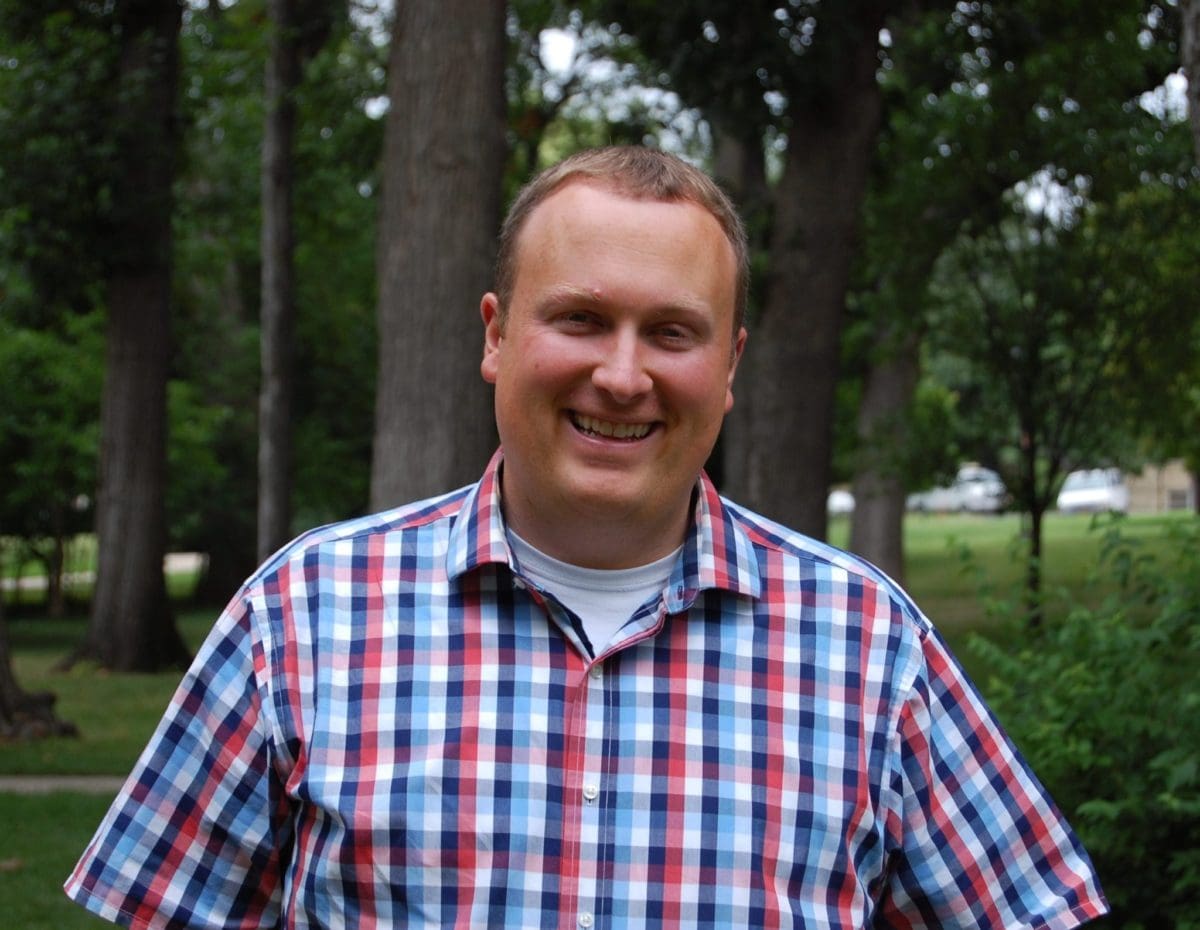In the book, The All-or-Nothing Marriage: How the Best Marriages Work, psychology professor Eli J. Finkel offers an interesting and research based approach on marriage today. This book explores marriage in the modern day, and makes a case for our expectations in marriage being higher than ever before. Finkle pays special attention to the early history of marriage and works its way towards marriage in the present day. Relationships have changed so much over time, and it is important that we understand them in order to learn how we can improve our relationships in the future. Finkle takes the reader on a journey up what he coined with his students as “Mount Maslow” (click for the visual on p. 13) based on Abraham Maslow’s heirarchy of needs. As Maslow (1943) explained in his seminal paper A Theory of Human Motivation:
“Even if all these needs are satisfied, we may still often (if not always) expect that a new discontent and restlessness will soon develop, unless the individual is doing what he is fitted for. A musician must make music, an artist must paint, a poet must write, if he is to be ultimately happy. What a man can be, he must be. This need we may call self-actualization… It refers to the desire for self-fulfillment, namely, to the tendency for him to become actualized in what he is potentially. This tendency might be phrased as the desire to become more and more what one is, to become everything that one is capable of becoming” (p. 382).
Finkel starts off by explaining three major eras of marriage: pragmatic, love-based, and self-expressive. Finkel uses a Maslow analogy when explaining the current self-expressive era of marriage. He notes, there has not been “an overall increase in how much Americans expect from their marriage (more versus less), but rather a dramatic shift in the substance of their expectations (from lower to higher altitudes)” (p. 13). This is interesting because it takes a significant amount of time and energy to facilitate journeys of self-discovery and personal growth. We have come to expect marriage to fulfill all our needs, including self-exploration. Additionally, we are demanding more from our marriages without increasing our investment in them.
As a research team, we have talked a lot about how parents today are expecting their emerging adult children to “find themselves” before committing to a marriage. Many of us are being told that we should finish school and be financially stable in addition to pursuing self-actualization. There are many reasons that may contributing to why people are waiting so long to get married. Cohabitation is on the rise, and many seem to feel that this will provide a good test of the relationship prior to marriage.

Finkel explains that “people are increasingly seeking self-actualization in their marriages, expecting their partner to be all things to them.” He compares this pursuit of self-actualization to Maslow’s hierarchy of needs because it appears that one need rests on the prior satisfaction of another need. Maslow’s hierarchy of needs is usually depicted as a triangle with self-actualization at the top. Rather than a triangle, Finkel uses a mountain (as explained earlier) to describe this hierarchy of needs. Finkel notes that “as with any mountain, air becomes thinner at higher altitudes.” This is important because often couples expect their marriage to fulfil their higher altitude needs without building a foundation and fulfilling their needs on the bottom of the mountain first. Perhaps, the best way to go about fulfilling these needs would be to climb the mountain together and work towards self-actualization as a couple, rather than having all of these unrealistic expectations of your partner.
Throughout the book, Finkel, discusses two helpful ideas for improving and maintaining your marriage. He first talked about the “if/then” concept. This is a way of talking to your partner in a nonjudgmental way. This type of language helps you to take a step back and put yourself in your partners shoes. Another helpful tip for a successful marriage that Finkel shares includes what he calls “love hacks”. These involve tweaking how we think about our partner and our relationship. Love hacking does not require us to lower our expectations, but it does require partners to put forth deeper and more dedicated attention on their marriage.
The Need for Sex in Marriage
Sex in marriage can bind and unite a couple to each other. Unfortunately, in the final third of the book Finkel goes right off the rails with his personal prescription for sex and commitment in marriage. It was surprising that a reliance on masturbation, consensual nonmonogamy, and even VR porn were justified as ways to make sure your “personal needs” were being fulfilled. Recent research has shown that regardless of whether you make it a couple issue or not, porn can have a negative impact on relationships. John and Julie Gottman who is cited in the Finkel’s book and John was one of the reviewers) are two of the leading scholars regarding marriage and couple relationships have made it clear how they feel about porn in a couple relationships. As the Gottman’s (2016) explained:
“There are many other factors about porn use that can threaten a relationship’s intimacy. First, intimacy for couples is a source of connection and communication between two people. But when one person becomes accustomed to masturbating to porn, they are actually turning away from intimate interaction. Second, when watching pornography the user is in total control of the sexual experience, in contrast to normal sex in which people are sharing control with the partner. Thus a porn user may form the unrealistic expectation that sex will be under only one person’s control. Third, the porn user may expect that their partner will always be immediately ready for intercourse. This is unrealistic as well. Research has revealed that genital engorgement leads to a desire for sex only 10% of the time in women and 59% of the time in men. Fourth, some porn users rationalize that pornography is ok if it does not involve partnered sexual acts and instead relies only on masturbation. While this may accomplish orgasm the relationship goal of intimate connection is still confounded and ultimately lost.”
Something that you will not find discussed anywhere in All-or-Nothing Marriage is the importance of sacrifice in marriage, and yet the research literature indicates the profound positive impact sacrifice can have on marriage (e.g., Stanley et al., 2006). There is much to be said for how sacrifice can be applied to sex in marital relationships. Clearly Finkel does not agree, and instead advocates for can be described as unworkable long-term solutions to produce short-term results. Sex in marriage is about learning the delicate balance of give-and-take, being loving and considerate, and remembering the needs of your partner. Sex in marriage can lead to great satisfaction, especially when partners are involved is the process of mutual care-taking as Michelle Weiner-Davis explains below in an excellent TED talk.
To Be Selfish or Selfless is the Question
Is Finkle’s all-or-nothing theory what really sustains marriages and leads to better outcomes? Perhaps it comes to down to what you personally believe the purpose of marriage is, and whether it is about being selfish or selfless. Surprisingly the discussion of family and children is practically devoid in this book, as are protective factors such as commitment, sacrifice, and forgiveness (e.g., Fincham, Stanley, & Beach, 2007). The decisions we make in our marriage and how we choose to navigate these relationships can have a profound impact on our children and future generations. Do we really want our children to believe that marriage is all about “Me, Myself, and I.”
One of the main tenets behind the All-or-Nothing Marriage is the marital decline perspective, which basically states that marriage fades over time in terms of both happiness and satisfaction. This is a viewpoint that has been readily acknowledged in social science since the 1930s. As one marriage scholar recently noted, “somehow this never felt quite right.” However, an innovative study published in 2018 by Amato and James provides the strongest support for the marital resilience perspective. Amato and James (2018) found that besides marriages that were already on the path to divorce, most couples learn to adapt and their satisfaction can remain high or steadily increase over time.
Is this really “how the best marriages work” as the title of Finkel’s book proclaims? No, as others have also indicated, it probably isn’t. Marriage is a journey, and is most satisfying when a couple invests in each other, have a solid foundation of friendship, and focus on learning and growing together as a couple.
References
- Amato P.R., James S.L. (2018). Changes in spousal relationships over the marital life course. In: Alwin D., Felmlee D., Kreager D. (eds) Social Networks and the life course. Frontiers in Sociology and Social Research, vol 2. Springer, Cham.
- Carroll, J. S., Busby, D. M., Willoughby, B. J., & Brown, C. C. (2017). The Porn Gap: Differences in Men’s and Women’s Pornography Patterns in Couple Relationships. Journal of Couple & Relationship Therapy, 16, 2, 146-163.
- Fincham, F. D., Stanley, S. M., & Beach, S. R. H. (2007). Transformative processes in marriage: An analysis of emerging trends. Journal of Marriage and Family, 69, 275 – 292.
- Finkel, E. J. (2017). The all-or-nothing marriage: How the best marriages work. New York, NY: Dutton.
- Maslow, A. H. (1943). A theory of human motivation. Psychological Review, 50(4), 370-396.
- Schoebi, D., Karney, B. R., & Bradbury, T. N. (2012). Stability and change in the first 10 years of marriage: Does commitment confer benefits beyond the effects of satisfaction?. Journal of Personality and Social Psychology, 102, 4, 729-742.
- Stanley, S. M., Whitton, S. W., Sadberry, S. L., Clements, M. L., & Markman, H. J. (2006). Sacrifice as a predictor of marital outcomes. Family Process, 45(3), 289-303.
- Willoughby, B. J., Olson, C. D., Carroll, J. S., Nelson, L. J., & Miller, R. B. (2012). Sooner or later? The marital horizons of parents and their emerging adult children. Journal of Social and Personal Relationships, 29, 7, 967-981.
Hi! My name is Hillary Schraufnagel. I am a first year graduate student in the Marriage and Family Therapy Program at Northern Illinois University. I love to spend time with family and friends and hope to use my degree to pursue a career in the helping profession. I am very interested in research and am looking forward to having an opportunity to write more on the blog in the future!



